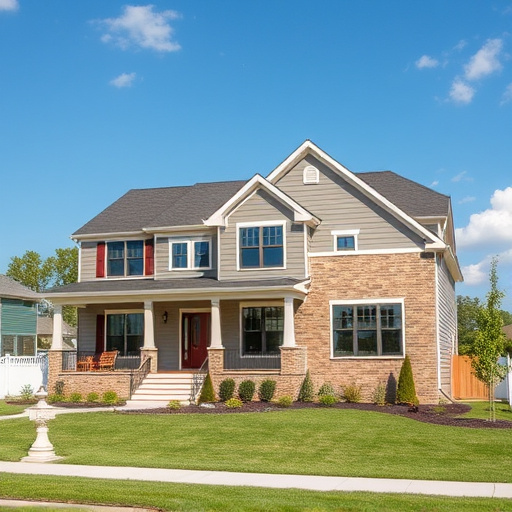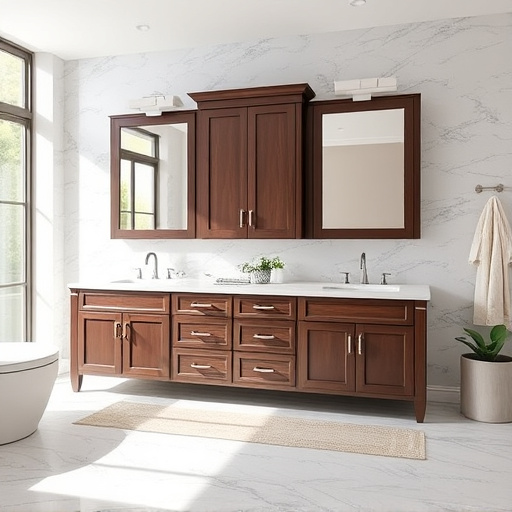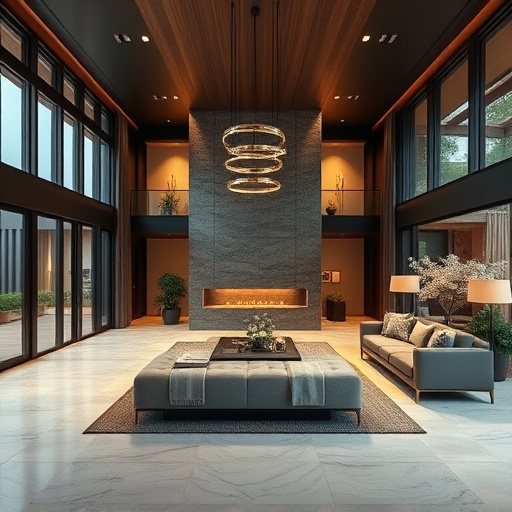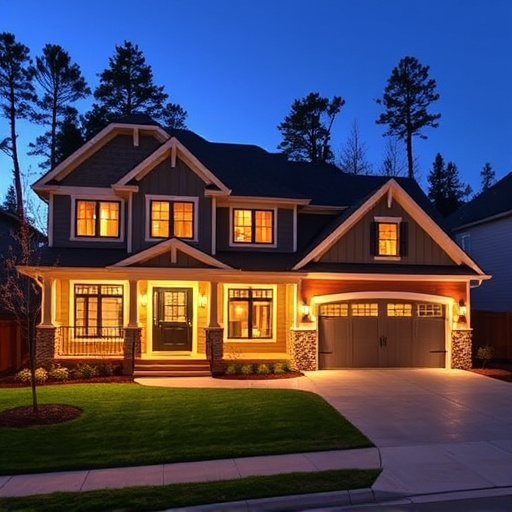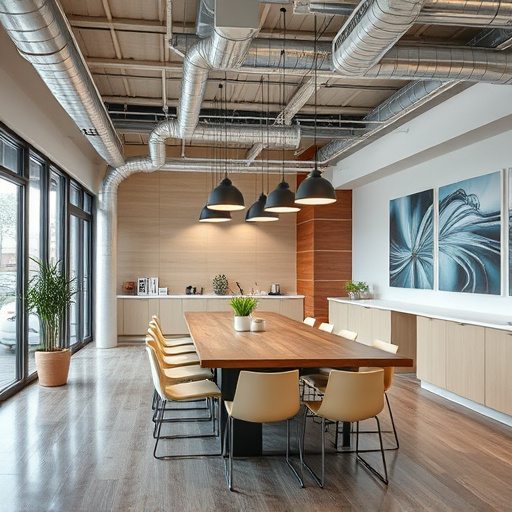In modern construction design, leveraging natural light enhances energy efficiency, reduces operational costs, and minimizes environmental impact. It also significantly impacts human health and well-being. Spaces designed to maximize natural light, such as those with larger windows or skylights, promote happiness and health. Strategic window placement, like south-facing windows, and innovations in natural light harnessing technology, including smart glass and daylight tracking systems, reduce artificial lighting needs and foster greener, healthier living spaces. These trends point towards more sustainable and functional buildings that maximize natural light for improved well-being and productivity.
In today’s digital era, construction design goes beyond structural integrity; it encompasses enhancing the built environment. One integral aspect often overlooked is natural light—a powerful resource that can transform spaces, benefiting both occupants and the environment. This article explores the profound impact of natural light on construction design, presents strategies for its optimal utilization in diverse building types, and delves into future trends driven by innovative harnessing technologies, all pivotal to shaping sustainable and thriving architectural landscapes.
- Understanding the Impact of Natural Light in Construction Design
- Strategies for Optimizing Natural Light in Various Building Types
- Future Trends: Innovations in Natural Light Harnessing Technology
Understanding the Impact of Natural Light in Construction Design
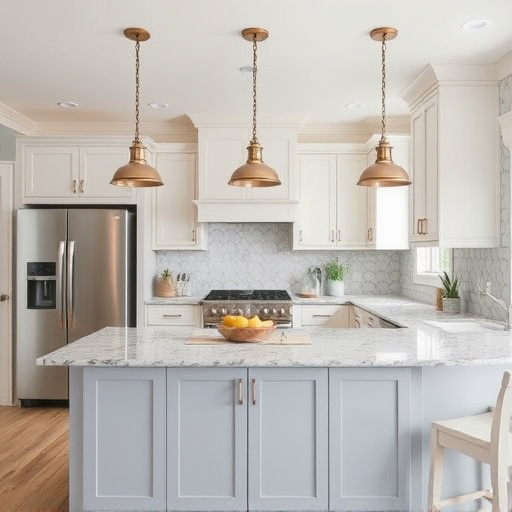
In modern construction design, leveraging natural light goes beyond aesthetics; it’s a strategic decision that significantly influences the functionality and comfort of spaces. Natural illumination can enhance energy efficiency by reducing the need for artificial lighting during daylight hours, thereby lowering operational costs and minimizing environmental impact. This is particularly crucial in today’s eco-conscious landscape, where sustainable practices are increasingly integral to construction design.
Furthermore, natural light has profound effects on human health and well-being, impacting mood, productivity, and overall mental health. Spaces designed to maximize natural light, such as those with larger windows or skylights, contribute to happier and healthier occupants—an aspect that becomes ever more significant in settings like offices, schools, and residential kitchens undergoing remodels (e.g., kitchen remodel). Even minor adjustments, like strategic exterior painting to reflect light or thoughtful floor replacements to enhance luminosity, can make a notable difference in how spaces feel and perform throughout the day.
Strategies for Optimizing Natural Light in Various Building Types
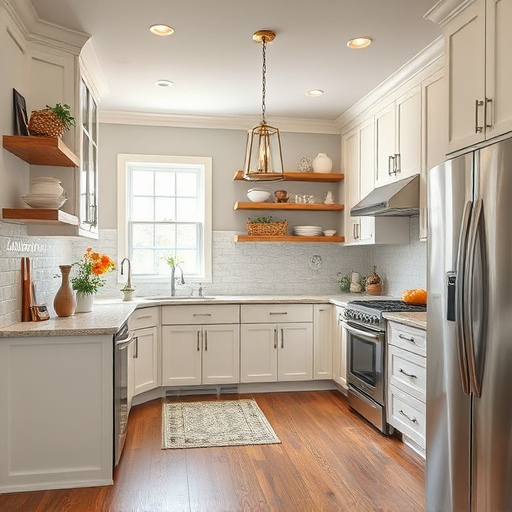
In the realm of construction design, optimizing natural light is an art that enhances aesthetics and functionality across various building types. For residential structures, strategic window placement can maximize daylight in living areas, making interior spaces brighter and more inviting. Large, south-facing windows are often recommended for main living rooms, allowing sunlight to flood in during the day, thereby reducing the need for artificial lighting. In multi-story buildings, careful design of skylights and light wells can ensure consistent illumination throughout, creating a sense of spaciousness and connection with nature.
Commercial spaces, particularly offices and public buildings, can also benefit significantly from intelligent natural light optimization. High ceilings and expansive glass facades not only allow for an abundance of daylight but also foster a sense of openness and calm. Additionally, strategic use of reflectors, diffusers, and light shelves can distribute sunlight evenly, eliminating dark spots. For kitchen renovations or bath areas, incorporating skylights or well-placed windows can enhance functionality, making these functional spaces more comfortable and aesthetically pleasing during both day and night.
Future Trends: Innovations in Natural Light Harnessing Technology
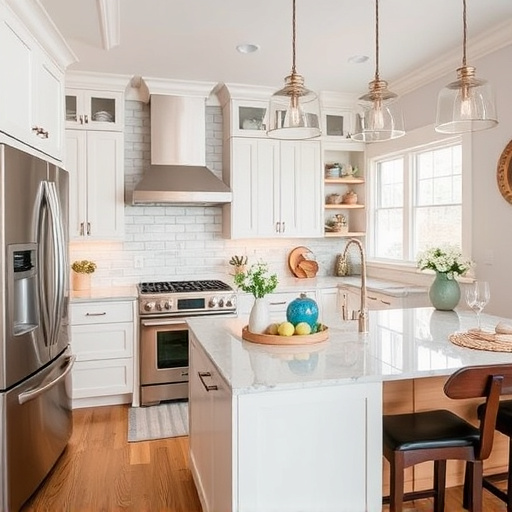
The future of construction design is brightening up, quite literally. Innovations in natural light harnessing technology are revolutionizing how we approach building design and functionality. As architects and designers continue to explore sustainable and energy-efficient solutions, new advancements in materials and engineering are making it possible to integrate natural lighting more effectively than ever before. From smart glass that can adjust its transparency based on external conditions to sophisticated daylight tracking systems, these technologies promise to enhance the aesthetic appeal of spaces while reducing energy consumption.
Imagine a bathroom remodel where windows are strategically placed to maximize sunlight during the day, creating a bright and inviting atmosphere without relying heavily on artificial lighting. Similarly, customized work areas designed with natural light in mind can boost productivity and well-being, making functional spaces more enjoyable and efficient. These trends signify a shift towards harmonious coexistence between buildings and their environment, where technology serves as an enabler rather than a hindrance to natural elements, ultimately leading to greener and healthier living spaces.
In conclusion, leveraging natural light in construction design is no longer a mere aesthetic choice but a strategic necessity. As discussed, understanding the impact of natural light can significantly enhance energy efficiency and occupant comfort. Through various strategies tailored to different building types, architects and designers are revolutionizing spaces to capture and utilize daylight effectively. Furthermore, future trends point towards innovative technologies that will continue to optimize natural light usage, paving the way for more sustainable and vibrant built environments. Embracing these practices is essential in creating construction designs that not only meet current needs but also anticipate the evolving demands of tomorrow’s urban landscapes.








